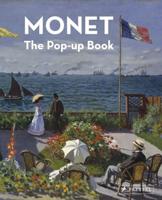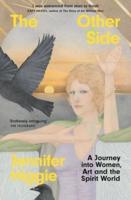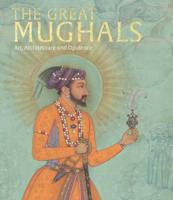Publisher's Synopsis
The history of cloth made through the beating of tree bark began some eight millennia ago in South-East Asia, the cradle of the Oceanian peoples. Over the course of generations and successive migrations eastward that led to the peopling of the Pacific islands, human ingenuity enabled the creation of a type of cloth, whose most refined examples are incredibly soft and fine. The cloths were dyed, scented, and covered with motifs related to symbols of clan, ethnicity, islands … to the point of becoming true works of art. Associated with sacred rites, ceremonial exchanges and rituals marking the milestones of life from birth to death, and deeply integrated into the social relationships of communities, they constituted an external sign of the wealth or power of the owner and served in customary exchanges, among many other uses. Today, the generic Polynesian term tapa is used to refer to barkcloth. Passionate "knowledge brokers" perpetuate the tradition and demonstrate that tapa is not fixed in the past, but is a living form that renews itself. For that very reason, this book culminates in the universe of artists, creators and a stylist who have appropriated the material to create original pieces of art.





